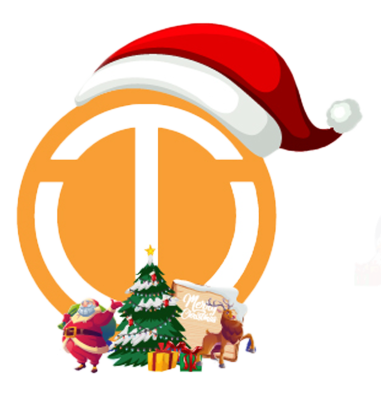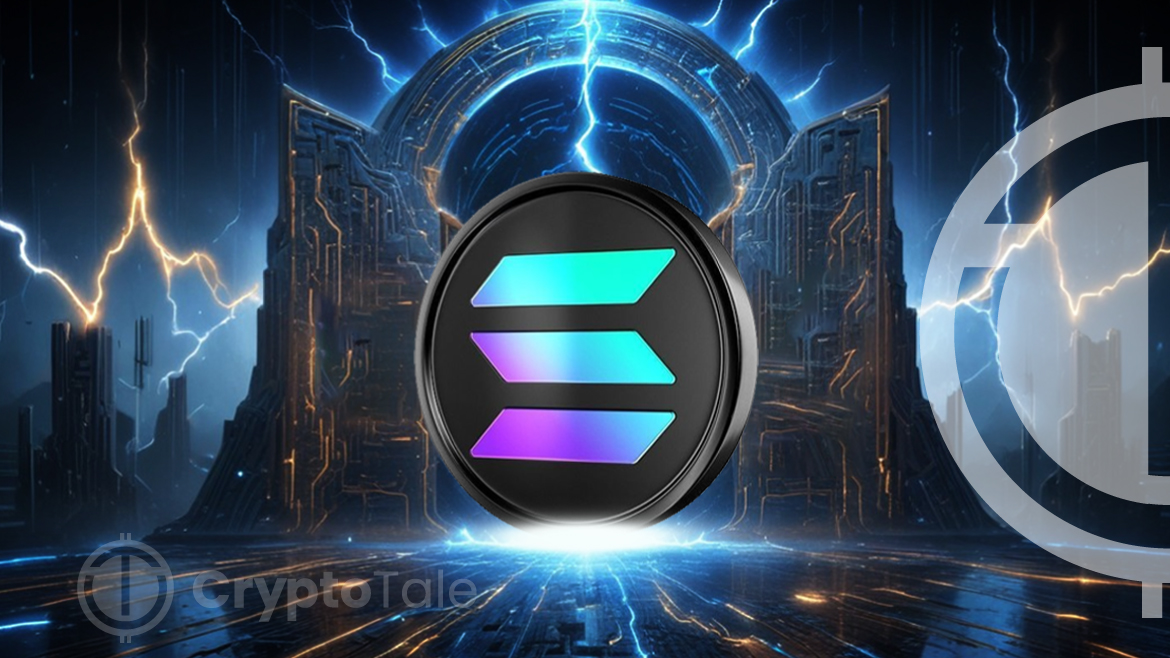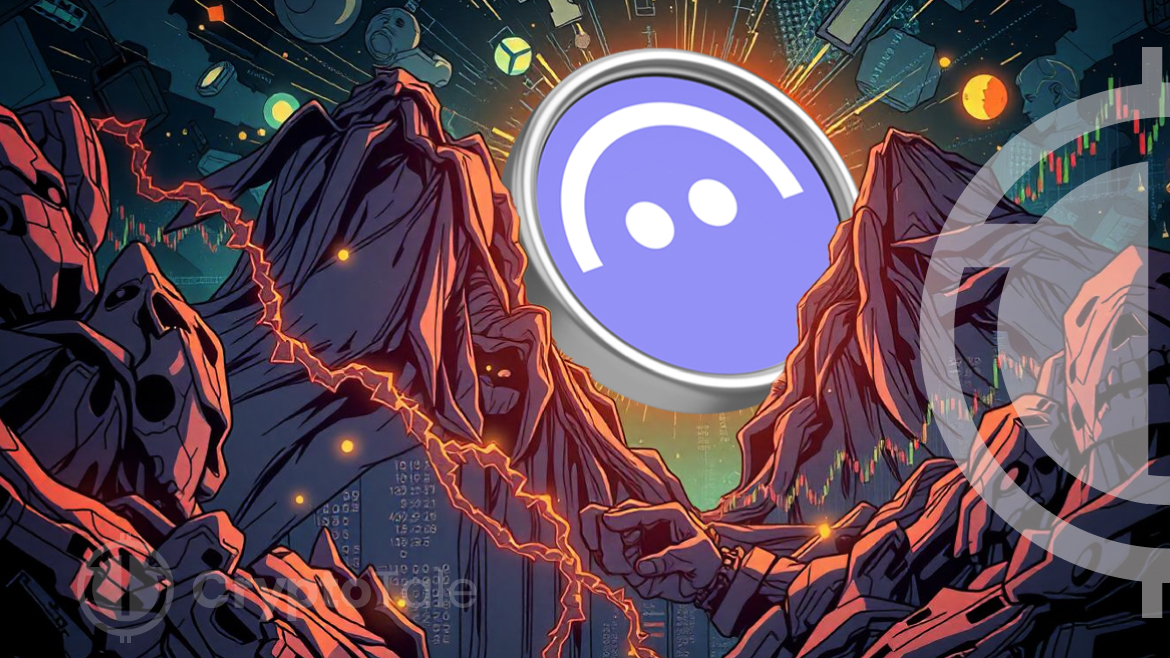The Solana ecosystem is one of the top blockchains known for its high-speed and low-cost transactions. It offers a robust infrastructure for developers to build scalable and efficient applications using innovative technologies like PoH and scalability solutions. This blog will give you an overview of the Solana ecosystem.
What is Solana?
Solana is a blockchain platform that supports decentralized applications and smart contracts. It has a block time of 400 milliseconds, and transactions are validated by thousands of nodes operating independently to ensure data remains secure. The blockchain uses the Proof-of-Stake consensus mechanism and can process up to 65,000 transactions per second. Solana offers unparalleled scalability without any reduction in security and decentralization. It has low fees and has high speed and throughput.
History of Solana
Anatoly Yakovenko founded the Solana ecosystem in late 2017, and was built by Solana Labs in San Diego, California. The team responsible for building the project was skilled in physics, mathematics, computer science, and other technologies. Furthermore, they have experience working for top tech companies like Google, Apple, Microsoft, Qualcomm, and Apple.
The team set out to tackle the scaling issues that troubled many blockchain platforms. At that time, Yakovenko came up with a brand-new consensus mechanism called PoH, or Proof of History. This mechanism helped automate blockchains’ transaction ordering process, allowing them to scale beyond their capabilities. In addition to Yakovenko, co-founders of Solana include Greg Fitzgerald, Stephen Akridge, and Raj Gokal.
What is PoH Consensus Mechanism?
Proof of History (PoH) creates a reliable timeline of events using the high-frequency Verifiable Delay Function (VDF). This function takes a specific number of sequential steps to evaluate and produces a unique output that can be verified by anyone. (PoH timestamps each transaction approval and allows all the nodes in the network to verify the events.) This mechanism acts as a cryptographic clock within the Solana ecosystem.
Solana combines PoH with the Proof of Stake (PoS) mechanism, reducing communication overhead and latency between nodes. PoH cryptographically proves the passage of time and the sequence of events, which enhances the efficiency of PoS on the network. Validators no longer need to validate the temporal consistency of blocks; instead, they can focus on efficient block processing and fault tolerance through eventual consistency.
It provides reliable transaction ordering and ensures near-instant finality of thousands of transactions per second. PoH addresses the difficulty of determining the exact order of transactions across the network. This is even true for transactions that happen simultaneously.
Analysts Highlight Key Price Levels for Solana, JasmyCoin, and Maker
What is Solana SDK?
Solana SDK (Software Development Kit) is a collection of tools, documentation, and libraries for designing and developing smart contracts on the Solana blockchain. The key components of Solana SDK include,
- Rust Programming Language: It is Solana’s preferred programming language for writing smart contracts. Solana provides developers with all the libraries and tools necessary to write, deploy, and test smart contracts using the Rust language. Rust is well known for its security and performance.
- Solana Command Line Interface (CLI): Solana offers a command-line tool that allows developers to perform various tasks, such as deploying smart contracts and managing assets.
- Solana Program Library (SPL): SPL includes a collection of ready-made templates that can be used to develop smart contracts on the blockchain. It also includes foundational functions like asset management systems and token standards.
- Solana Documentations: Solana offers extensive documentation, such as getting started guides, API interfaces, code examples, and various other resources that allow developers to deploy applications.
What is Solana Runtime?
Solana Runtime is a virtual machine and a core component of the blockchain, responsible for executing smart contracts, processing transactions, and other functions.
- Execution of Smart Contracts: The Solana Runtime provides a secure and efficient environment for the execution of smart contracts. It also ensures that all operations are performed according to the network’s rules and constraints.
- Execution Efficiency: Solana Runtime VM is designed with execution efficiency and performance in mind. This allows for faster execution of smart contacts along with high throughput and latency.
- Resource Management System: The Solana Runtime takes care of the allocation and management of resources that are required for the execution of smart contracts. These resources include computational power and memory.
- VM Security: Solana Runtime guarantees the security of smart contract execution and prevents network attacks.
What Are the Core Innovations of Solana?
Other than the Proof of History (PoH) mentioned above, the Solana network developed 7 other technologies to make the network robust and permissionless. They are,
1. Tower BFT: Tower BFT (Byzantine Fault Tolerance) is Solana’s consensus algorithm that ensures consensus is reached on the blockchain’s state (current status of the blockchain), even in situations where some network nodes fail or act maliciously. It leverages PoH as a cryptographic clock to reduce the communication overhead required for nodes to reach consensus, resulting in faster and more reliable consensus.
2. Turbine: It is Solana’s blockchain broadcasting protocol. Turbine breaks down any data into smaller packers that can be distributed to any node easily and with less bandwidth. This ensures efficient and reliable data transmission across the network and transmits information using UDP.
3. Gulf Stream: Gulf Stream is Solana’s transaction forwarding protocol or Memepool-less protocol. It pushes transactions to validators ahead of time, thereby reducing the confirmation time and size of the memory pool. This allows for quicker transaction processing and lowers the workload for validators.
4. Sealevel: It is Solana’s parallel smart contracts runtime. Sealevel allows multiple smart contracts to run in parallel by leveraging the GPU’s computing power. This maximizes resource usage and can increase transaction throughput of the network.
5. Pipelining: Pipelining is Solana’s transaction processing unit. It helps the network quickly validate many transaction blocks while simultaneously replicating them throughout the network. This minimizes the time needed to validate a block.
6. Cloudbreak: It is Solana’s horizontally scalable accounts database. Cloudbreak allows for concurrent reads and writes across the network. It ensures fast access to account data and supports high transaction volume.
7. Archives: Archives is Solana’s distributed ledger storage. They reduce storage responsibilities from validators to nodes that store and provide access to historical data.
Solana Price Projection Soars: Experts Foresee $1000 MilestoneWhat Projects Have Partnered With Solana?
Since its launch, the Solana ecosystem has made great progress, resulting in many projects partnering with the blockchain. Some of the projects that have partnered up with Solana include,
1. Audius:
Audius is a blockchain-based music streaming platform that empowers artists and musicians by allowing them to retain ownership of their music. It offers high-quality 320kbs sound, free uploads, reduced fees, and resistance to censorship. Audius was originally on Ethereum but migrated to Solana for scalability and speed.
2. Raydium:
Raydium is an Automated Market Maker (AMM) that acts as a bridge for crypto projects partnering with Solana and Serum. It is a DeFi project with one of the highest total value locked (TVL). Compared to Ethereum-based competitors, it offers fast and cheap transactions. Raydium users can earn passive income through yield farming and providing liquidity to liquidity pools.
3. Maps.me:
Maps.me offers mapping services, including turn-by-turn routing, travel guides, maps, and more. It connects with over 100 million users and provides access to global entertainment and highlights worldwide attractions, like museums and temples.
Conclusion
The Solana ecosystem stands out as a blockchain platform offering unparalleled scalability, low fees, and rapid transaction processing. It addresses the scaling issues blockchains face and facilitates smooth, smart contract development and execution. The platform can support diverse and demanding applications in the decentralized world.





